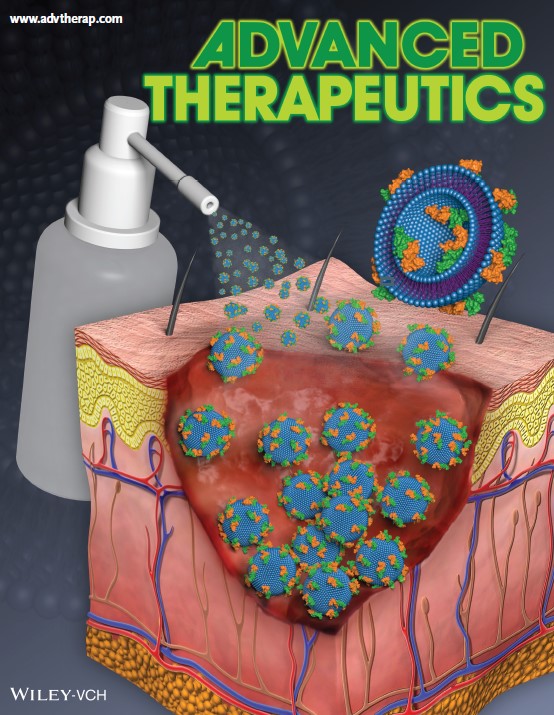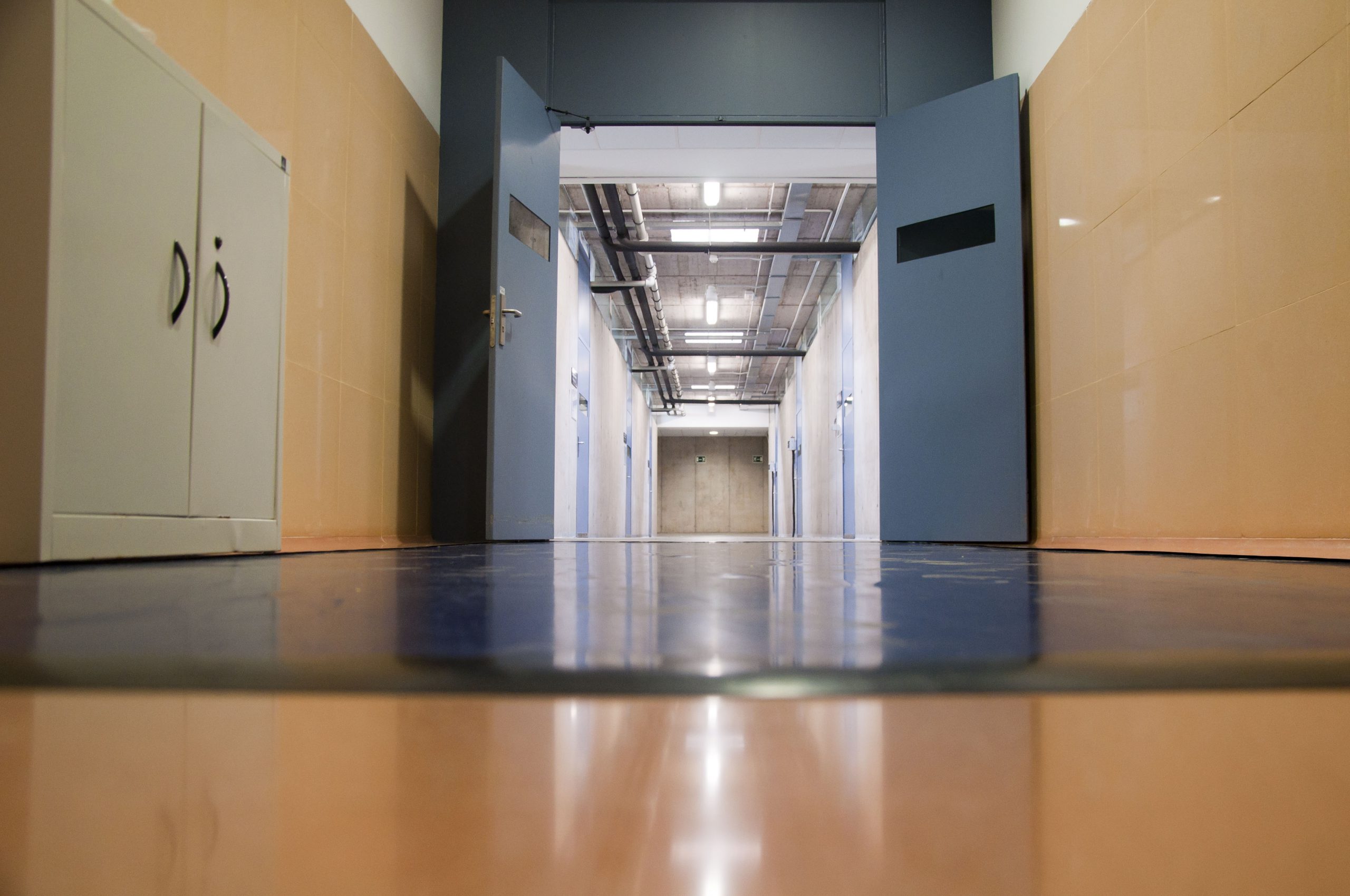New Nanomedicines for the topical treatment of complex wounds
Acute and chronic wounds are a growing global health problem. The incidence of non-healing chronic wounds has exponentially increased with the aging of the population and chronic diseases. It has been estimated that there is a 2% prevalence of chronic wounds in the general population, which is associated with an annual estimated cost of more than US$50 billion. Biomaterial-based treatments are helpful in improving small-sized and uncomplicated ulcers. Biologic molecules, named epidermal growth factors (EGFs) have demonstrated potent therapeutic efficacy along with limited side effects, however, exogenous EGF is rapidly cleared from the topical application site.
Jaume Veciana, Nora Ventosa and co-workers have reported a soft, reliable, and scalable method based on compressed CO2 for obtaining nanoconjugates of recombinant human epidermal growth factors and nanovesicles. These nanoconjugates exhibit appropriate physicochemical properties together with an antimicrobial activity preventing infections that promote complete closure of complex wounds. Therefore, such nanoconjugates are a potential nanomedicine for the topical treatment of complex wounds, particularly diabetic foot ulcers. The article published by the medical journal Advances in Therapy was chosen to be the cover of number 6 in June.
“The use of NANBIOSIS Unit 6 of Biomaterial Processing and Nanostructuring Unit (from CIBER-BBN and ICMAB-CSIC) has allowed the obtaining of various versions of the nanoconjugates as well as their physical-chemical characteristics” – explained prof. Jaume Veciana
Article of reference: Nanoconjugates: Lidia Ferrer-Tasies, Hector Santana, Ingrid Cabrera-Puig, Elisabet González-Mira, Lídia Ballell-Hosa, Carla Castellar-Álvarez, Alba Córdoba, Josep Merlo-Mas, Haydee Gerónimo, Glay Chinea, Viviana Falcón, Evelyn Moreno-Calvo, Jan Skov Pedersen, Jessica Romero, Claudia Navarro-Requena, Calixto Valdés, Miladys Limonta, Jorge Berlanga, Santiago Sala, Eduardo Martínez, Jaume Veciana and Nora Ventosa, Recombinant Human Epidermal Growth Factor/Quatsome Nanoconjugates: A Robust Topical Delivery System for Complex Wound Healing. Adv. Therap. 2021 14 June, 2000260 [DOI]











